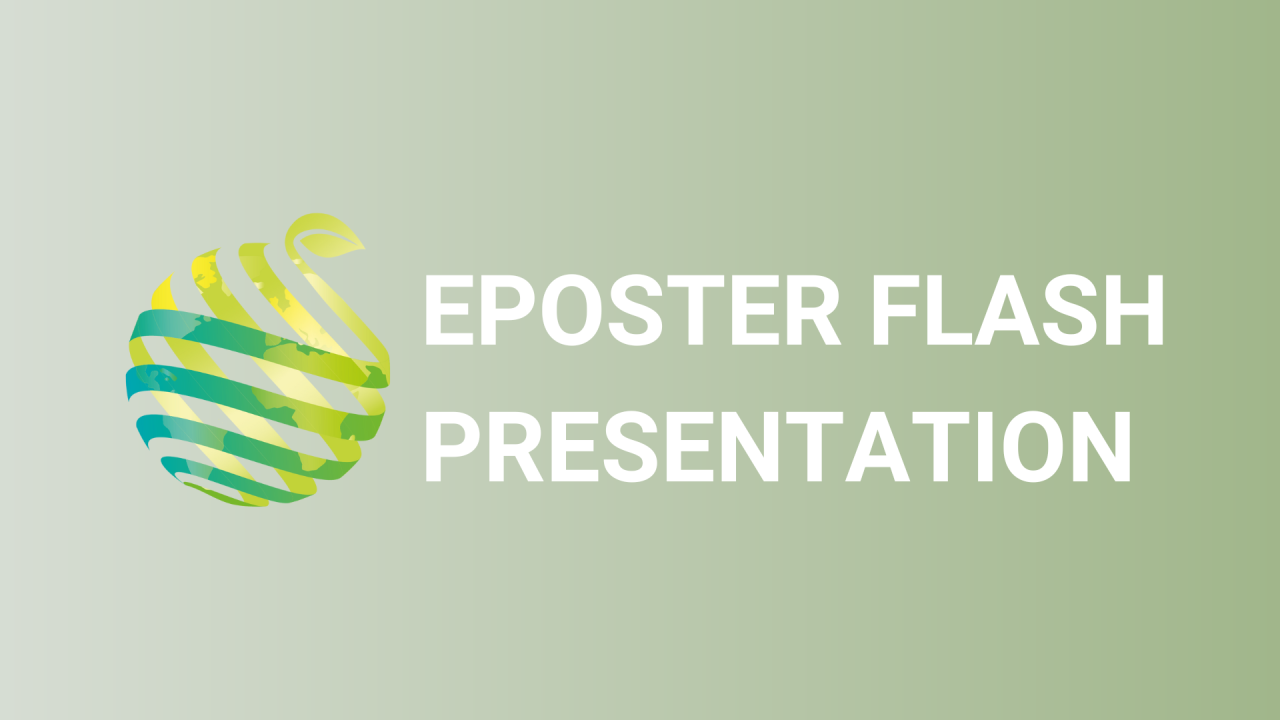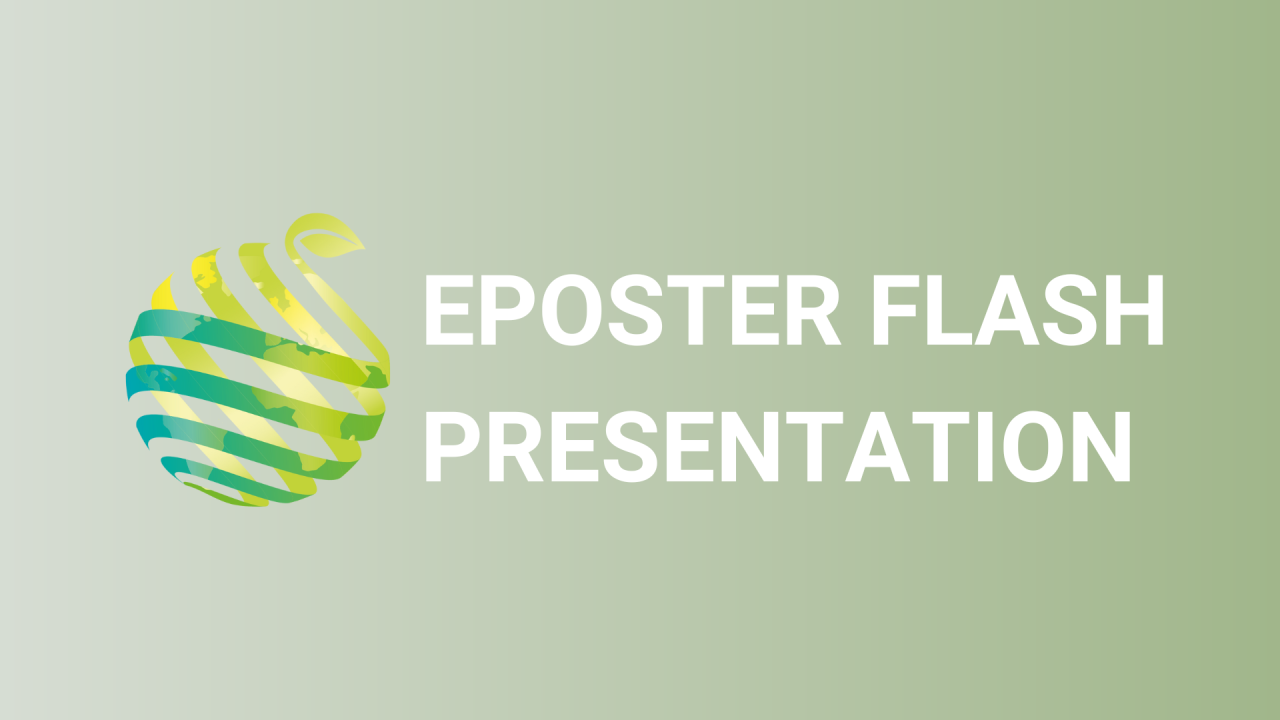

S01 - Session P6 - Retardation of endogenous ABA synthesis in the leaves dominates anthocyanin, sugar and aroma volatile concentrations in ‘Kyoho’ grape berries
Information
Authors: Takanori Saito *, Hiroyuki Tomiyama, Katsuya Okawa, Hitoshi Ohara, Satoru Kondo
The accumulation of abscisic acid (ABA) is considered a crucial signal for the onset of berry maturation in grape, including 'Kyoho' ( Vitis labruscana L.). Therefore, the delay of grape berry maturation, especially peel coloration, by applying ABA inhibitor nordihydroguaiaretic acid (NDGA) "on berry cluster" has been extensively investigated in various studies. Here, we for the first time report that the NDGA treatment "on leaves" inhibited the accumulation of ABA and gene function in relation to ABA signal transduction "in berry peels", and triggered the inhibition of anthocyanin and sucrose accumulation. Additionally, a concomitant expression pattern of genes relating to anthocyanin and sucrose biosynthesis with the change in anthocyanin and sucrose accumulation was found, too. Finally, an RNA sequence analysis was conducted, resulting in the NDGA treatment "on leaves" changing the internal oxygen level in berry flesh, which is known to affect the cellular alcohol dehydrogenase activity. In this study, we indicated the change in alcoholic and alcohol-derived aroma volatile concentration, suggesting the NDGA treatment "on leaves" inhibited not only berry peel maturation, but also flesh maturation. These results suggest the possibility of an ABA signal transduction from the leaves to the berries.